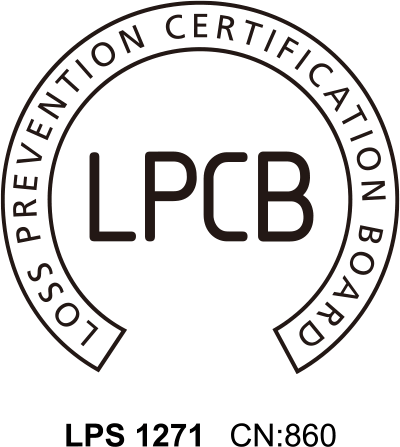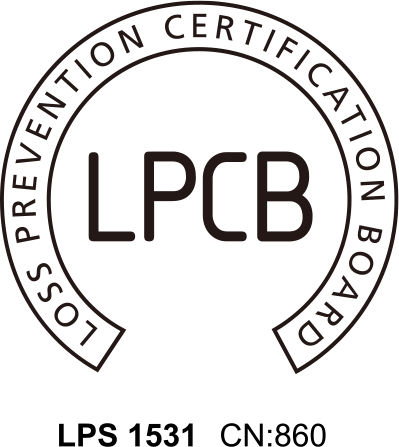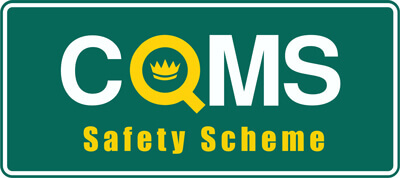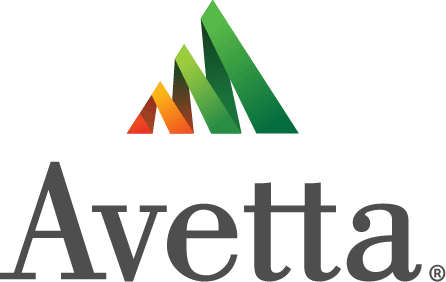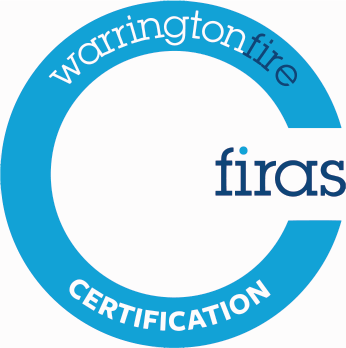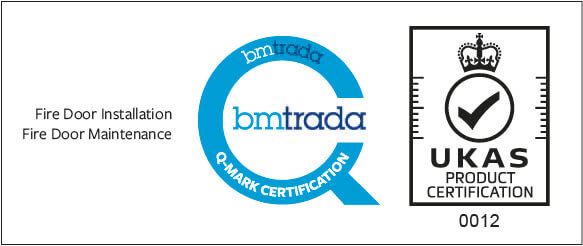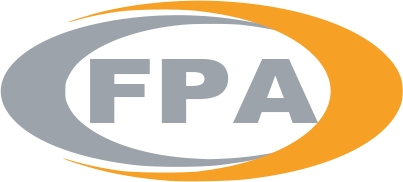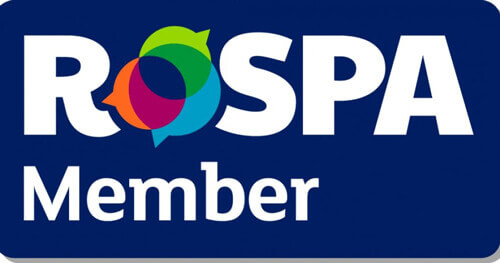Specific fire safety regulations apply to premises where the main use of the building or part of the building is educational.
These include schools, colleges, universities, Sunday schools, academies, crèches, adult education centres, after-school clubs, outdoor education centres and music schools.
The Fire Safety Order
The Order applies in England and Wales. It covers general fire precautions and other fire safety duties which are needed to protect ‘relevant persons’ in case of fire in and around most ‘premises’. The Order1 requires fire precautions to be put in place ‘where necessary’ and to the extent that it is reasonable and practicable in the circumstances of the case. Responsibility for complying with the Order1 rests with the ‘responsible person’.
In a workplace, this is the employer and any other person who may have control of any part of the premises, e.g. the occupier or owner. In all other premises the person or people in control of the premises will be responsible. If there is more
than one responsible person in any type of premises (e.g. a multi-occupied complex), all must take all reasonable steps to co-operate and co-ordinate with each other.
Your fire risk assessment will help you identify risks that can be removed or reduced and decide the nature and extent of the general fire precautions you need to take.
Fire Risk Assessment
If you are the responsible person you must carry out a fire risk assessment which must focus on the safety in case of fire of all ‘relevant persons’. It should pay particular attention to those at special risk, such as disabled people, those who you know have special needs, and children, and must include consideration of any dangerous substance liable to be on the premises. Your fire risk assessment will help you identify risks that can be removed or reduced and decide the nature and extent of the general fire precautions you need to take. If your organisation employs five or more people, your premises are licensed or an alterations notice is in force, you must record the significant findings of the assessment. It is good practice to record your significant findings in any case. There is a long list of duties that need to be taken into consideration so we won’t go into that here – contact us for more information.
Managing Fire Safety
Good management of fire safety is essential to ensure that fires are unlikely to occur; that if they do occur they are likely to be controlled or contained quickly, effectively and safely; or that, if a fire does occur and grow, everyone in your premises is able to escape to a place of total safety easily and quickly. The risk assessment that you must carry out will help you ensure that your fire safety procedures, fire prevention measures, and fire precautions (plans, systems and equipment) are all in place and working properly, and the risk assessment should identify any issues that need attention.
WHAT IS A FIRE RISK ASSESSMENT? A fire risk assessment is an organised and methodical look at your premises, the activities carried on there and the likelihood that a fire could start and cause harm to those in and around the premises.
The aims of the fire risk assessment are:
- To identify the fire hazards.
- To reduce the risk of those hazards causing harm to as low as reasonably practicable.
- To decide what physical fire precautions and management arrangements are necessary to ensure the safety of people on your premises if a fire does start.
Evaluate the risk of a fire occurring
The chances of a fire starting will be low if your premises has few ignition sources and combustible materials are kept away from them.
In general, fires start in one of three ways:
- accidentally, such as when smoking materials are not properly extinguished or when lighting displays are knocked over;
- by act or omission, such as when electrical office equipment is not properly maintained, or when waste is allowed to accumulate near to a heat source; and
- deliberately, such as an arson attack involving setting fire to external rubbish bins placed too close to the building.
Look critically at your premises and try to identify any accidents waiting to happen and any acts or omissions which might allow a fire to start.
Arson is a particular problem in schools, which are top of the list of building types vulnerable to an arson attack. Some 85% of the property losses in schools are due to the effects of fire. You should look for any situation that may present an opportunity for an arsonist.
Evaluating risk to people
To evaluate the risk to people on your premises, you will need to understand the way fire can spread. Fire is spread by three methods:
- convection;
- conduction; and
- radiation.
Convection
Fire spread by convection is the most dangerous and causes the largest number of injuries and deaths. When fires start in enclosed spaces such as buildings, the smoke rising from the fire gets trapped by the ceiling and then spreads in all directions to form an ever-deepening layer over the entire room space. The smoke will pass through any holes or gaps in the walls, ceiling and floor into other parts of the building. The heat from the fire gets trapped in the building and the temperature rises.
Conduction
Some materials, such as metal shutters and ducting, can absorb heat and transmit it to the next room, where it can set fire to combustible items that are in contact with the heated material.
Radiation
Radiation heats the air in the same way as an electric bar heater heats a room. Any material close to a fire will absorb the heat until the item starts to smolder and then burn.
Smoke produced by a fire also contains toxic gases which are harmful to people. A fire in a building with modern fittings and materials generates smoke that is thick and black, obscures vision, causes great difficulty in breathing and can block the escape routes.
It is essential that the means of escape and other fire precautions are adequate to ensure that everyone can make their escape to a place of total safety before the fire and its effects can trap them in the building.
Fire-resistant structures
Many buildings are divided into different areas by fire doors and fire-resisting walls and floors. These are partly designed to keep a fire within one area, giving people more time to escape. You will need to identify which doors, walls and floors in your building are fire-resisting. There may be information available from when the building was built, if alterations have been made, or from a previously held fire certificate.
High-risk areas (e.g. extensive catering facilities such as a university refectory) should be separated from the rest of the premises by 30-minute fire-resisting construction.
Normally if there are fire doors in a wall, then the wall itself will also need to be fire-resisting. If a wall or floor is required to be fire-resisting then you should not make any holes in it, e.g. for extra doors or pipe ducts, without consulting a competent person.
Quality assurance of fire protection measures
Fire protection products and related services should be fit for their purpose and properly installed and maintained in accordance with the manufacturer’s instructions or a relevant standard.
Third-party certification schemes for fire protection products and related services are an effective means of providing the fullest possible assurances, offering a level of quality, reliability and safety that non-certificated products may lack. Always ensure you use a third party accredited company to ensure your passive fire protection will be fit-for-purpose otherwise you are literally playing with fire.
If you need any help or advice in determining whether you’re building is safe, don’t hesitate to contact us. We can organise a Site Survey, or if you don’t have a Fire Risk Assessment or one that is ‘suitable and sufficient’ send us your details and we’ll be in touch.
In other news...

Checkmate Fire Take on Challenge for Children With Brain Injury
Checkmate Fire has pledged their support for children with brain injury by signing up to take part in Step Forward to raise funds for The Children’s Trust.

Another Unnecessary Fire
Picture this; fire breaks out resulting in fire spreading throughout the building… Another unnecessary fire.

‘Path to Passive Fire Compliance’ CPD a Huge Success!
Checkmate Fire enjoyed another successful CPD event, hosted by our insurance partners, Aviva, in Bristol this month.
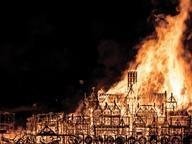
Why Employ Firestopping?
Smoke and toxic gases claim more lives in fires than fire itself. Though sprinkler systems can suppress flames, they often contribute to an even deadlier danger – smoking debris.
